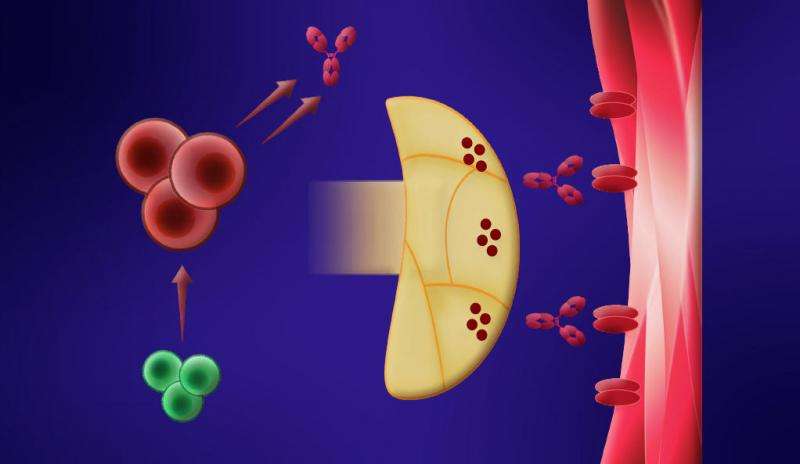Study explains why myasthenia patients relapse after treatment

A new Yale-led study helps explain why some myasthenia gravis (MG) patients relapse after initially responding to a drug called rituximab, commonly used to treat the incurable autoimmune disease marked by muscle weakness and fatigue.
In patients with MG, B cells—a subset of white cells that produce antibodies—are abnormal and attack the neuromuscular junction in muscle tissue creating weakness and fatigue.
"While therapy with rituximab eliminates B cells, they remain abnormal after regenerating and contribute to relapse," said Dr. Kevin C. O'Connor, associate professor of neurology and co-senior author of the report.
"Disease relapse following successful rituximab treatment could be predicted, allowing physicians to tailor therapy on an individual basis," said Dr. Richard Nowak, the co-senior author of the report and director of the Yale Myasthenia Gravis Clinic. The findings are reported Sept. 7 in the Journal of Clinical Investigation-Insight.
More information: Panos Stathopoulos et al. Autoantibody-producing plasmablasts after B cell depletion identified in muscle-specific kinase myasthenia gravis, JCI Insight (2017). DOI: 10.1172/jci.insight.94263
















